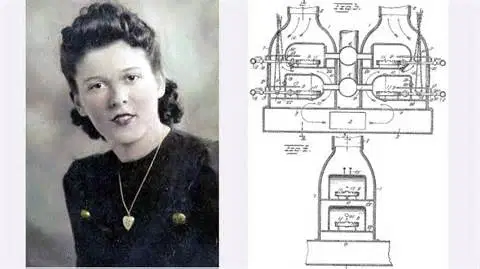
When it's cold outside during the winter months, it's nice to go inside your home or apartment, turn on the central heat and feel all warm and cozy, right? Well, we all have inventor Alice Parker to thank for that. She invented a furnace that supplied central heating for entire homes and buildings.
At the time it was, and still is, much safer than burning firewood. Her heating furnace was different from the other furnaces around at that time. Her design had air ducts that allowed heat to spread throughout the structure. Parker's invention included a multiple burner system and used natural gas. What made it especially unique is that it was like later zone heating, where the temperature could be moderated in different areas of a building.
Parker’s patented design, which was filed on December 23, 1919, allowed for cool air to be drawn into the furnace, then conveyed through a heat exchanger that delivered warm air through ducts to individual rooms of a house. The concept of central heating was around before Parker was born, but her design was unique because it used natural gas as its fuel instead of coal or wood that had been previously used.
Parker was born in Morristown, New Jersey. She attended Howard University Academy, a high school located in Washington D.C., and was granted a certificate with honors in 1910. Parker is said to have been inspired for her design because she felt her fireplace was not effective enough in warming her home through the cold New Jersey winters. Her invention was convenient because it meant that people did not have to go outside and chop or buy wood. It also decreased the risk of house or building fires that heating units posed by eliminating the need to...
... leave a burning fireplace on throughout the night. Although her initial designs were never used, her idea that natural gas and ducts could be used to heat different areas of a house was a major step towards the heating systems use today.
Parker’s filing a patent was a remarkable milestone, as she was an African American woman in the early 20th century since her filing for a patent preceded both the Civil Rights Movement and the Women’s Liberation Movement. Both of which helped remove many of the barriers that women of her generation faced. At this time, African American women had very limited opportunities to do anything entrepreneurial on a big scale, but Parker’s patent for her invention during that time not only went pushed through barriers, it was an outstanding achievement that we benefit from today.







